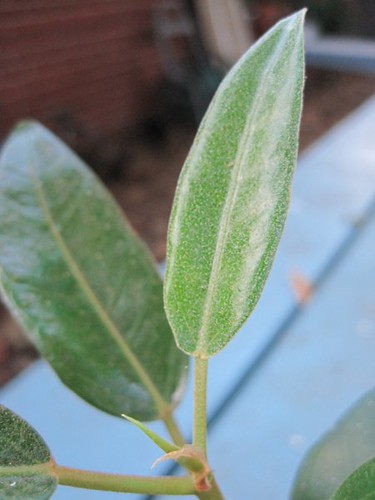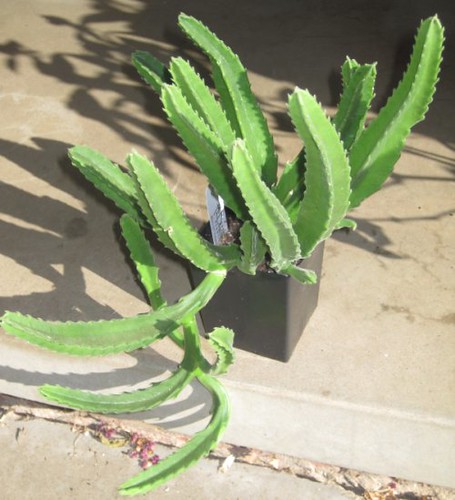Plant lovers one and all-
On Saturday, October 30th the MidAmerica chapter of the International Aroid Society (IAS) will be hosting a meeting at the Fort Worth Botanic Gardens (FWBG) in Texas. You don't need to be a member of the IAS or even know what an Aroid is to attend. Everyone who likes plants is welcome to come join us!
The meeting will consist of several presentations, including information about:
We will also be exchanging plants in a plant and cuttings swap. All meeting attendees are encouraged to bring a cutting or plant to share with others.
After the presentations, lunch and the swap we will be touring the botanic gardens, including the tropical conservatory, which has a very nice collection of many different tropical plants. The full meeting agenda can be found here.
The meeting will be free of charge. Lunches will be available for a minimal charge and FWBG charges a $1 admission to the tropical conservatory.
We are asking people to RSVP, so that we know how many chairs to set up and how many sandwiches to order.
If you have any questions about the meeting, please don't hesitate to ask me.
I visited the Fort Worth Botanic Gardens last year and had a great time. Check out my blog post about that trip here.
On Saturday, October 30th the MidAmerica chapter of the International Aroid Society (IAS) will be hosting a meeting at the Fort Worth Botanic Gardens (FWBG) in Texas. You don't need to be a member of the IAS or even know what an Aroid is to attend. Everyone who likes plants is welcome to come join us!
The meeting will consist of several presentations, including information about:
- how to identify your plants
- growing temperate Aroids in this part of the country
- Aroid anatomy
- a rare blooming of the gigantic Titan Arum in Houston this year!
We will also be exchanging plants in a plant and cuttings swap. All meeting attendees are encouraged to bring a cutting or plant to share with others.
After the presentations, lunch and the swap we will be touring the botanic gardens, including the tropical conservatory, which has a very nice collection of many different tropical plants. The full meeting agenda can be found here.
 |
| Picture of those attending our last meeting in St. Louis |
The meeting will be free of charge. Lunches will be available for a minimal charge and FWBG charges a $1 admission to the tropical conservatory.
We are asking people to RSVP, so that we know how many chairs to set up and how many sandwiches to order.
If you have any questions about the meeting, please don't hesitate to ask me.
I visited the Fort Worth Botanic Gardens last year and had a great time. Check out my blog post about that trip here.





















